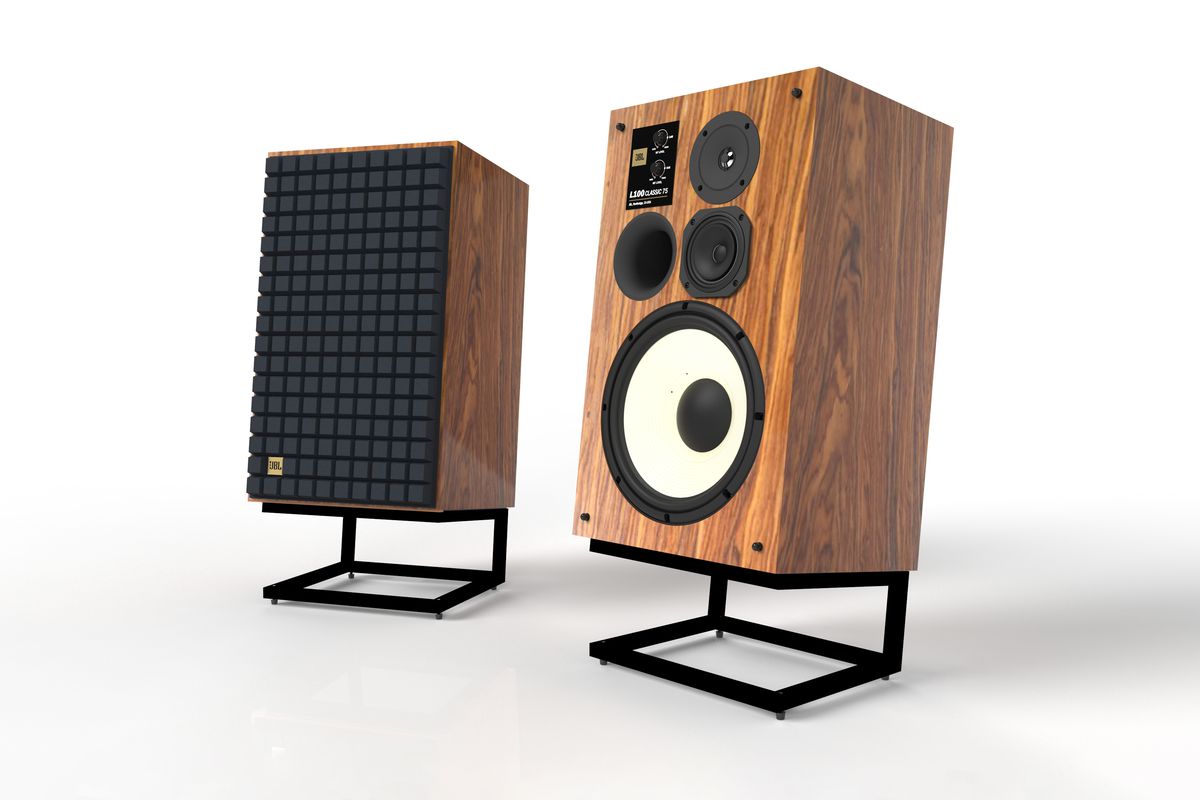Travel Back in Time With JBL’s Retro-Cool Integrated Amplifier
This throwback home audio amp channels classic stereo style of yesteryear.

The audiophile these days has listening options aplenty on the go, but there’s something to be said for an immersive sound experience that you can can enjoy at home. It’s even better if said listening experience is delivered with crystal-clear sound quality and an historical homage all at once, a la the 75th Anniversary JBL SA750 Integrated Amplifier.
It’s one of the coolest audio releases we’ve seen in some time, nodding to two groundbreaking JBL amplifiers from the 60s and 70s while featuring a milled aluminum front and richly crafted teak-wood sides. Don’t worry, because the rest of the specs are on-point, to say the least. The two-line orange text display is as retro as it gets, as are the old-school dials and switches, and of course, the high-output Class G amplification technology ensures crisp, rich sound.
It’s a listenable work of art, and the kind that any serious audiophile can appreciate. Keep your eyes peeled when it hits the market this April for $3,000 via JBL. This latest release also matches up quite stylishly with the just-announced JBL L100 Classic 75 loudspeakers, which also feature refined teak-wood construction.

Taken altogether, it’s an exceedingly handsome way to enjoy your favorite tracks old and new, whether streaming an iconic indie station or paying homage to David Bowie’s best. It’s compatible with streaming options like Apple AirPlay 2 and also includes the option to play files from a USB drive.
Naturally, the JBL SA750 includes an Aux input and a 3.5-mm headphone output, ideal for when you feel like getting up close and personal with a live reissue by The Replacements, for instance.
Seriously, whatever your heart desires from your next at-home listening experience, we’re confident the JBL SA750 Integrated Amplifier can fulfill your wildest dreams; it’s almost like being there, and for now, that’ll have to do.
